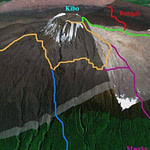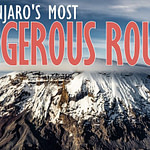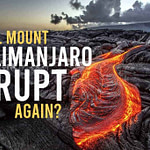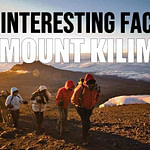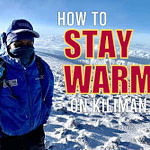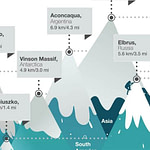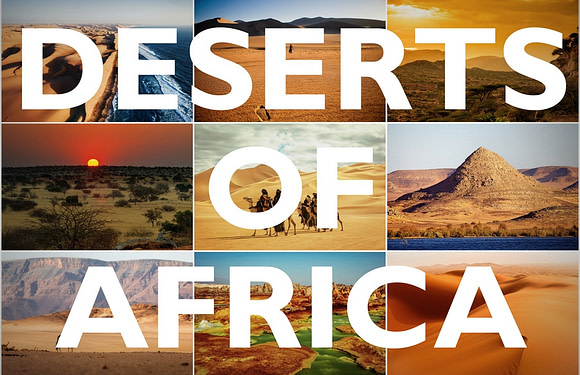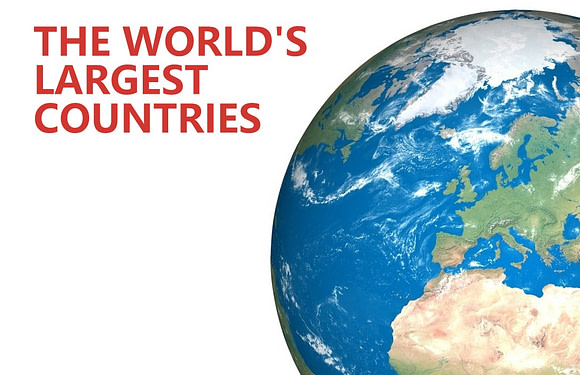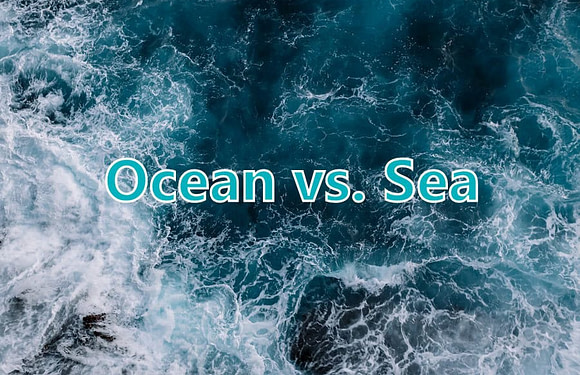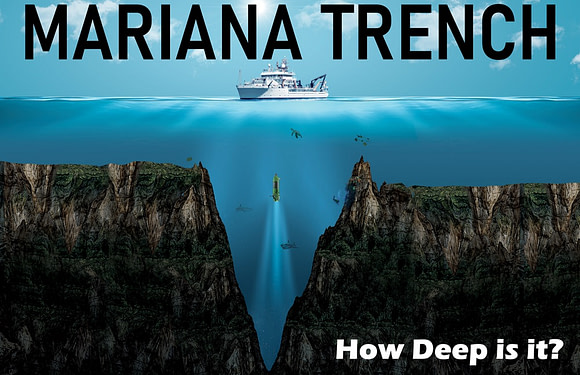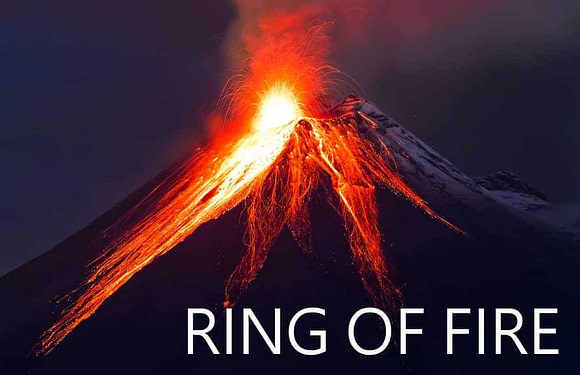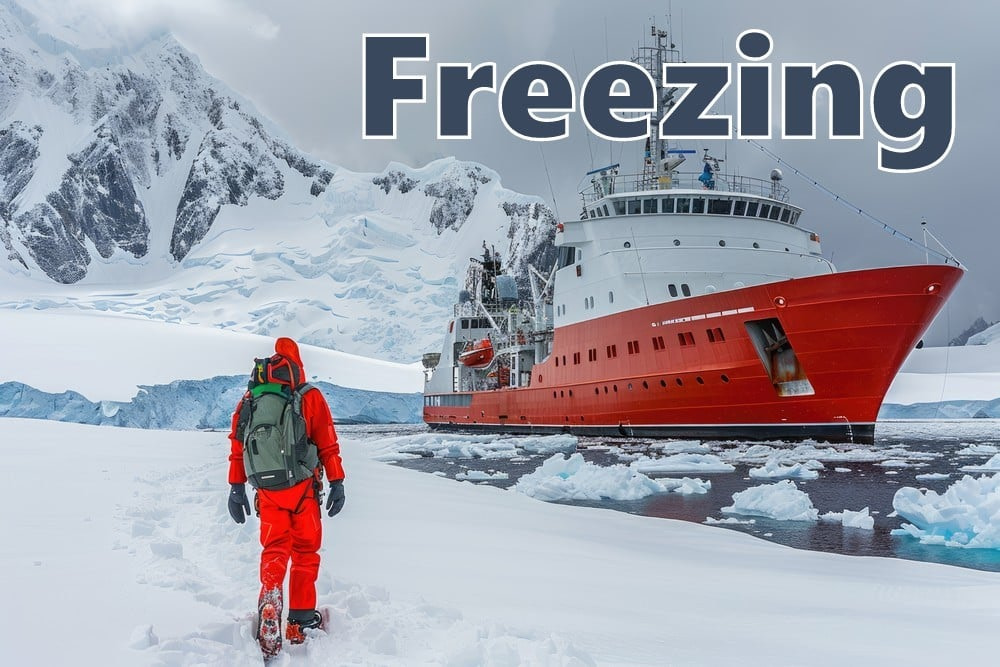
Most of the coldest nations are in the Northern Hemisphere, either inside or near the Arctic Circle.
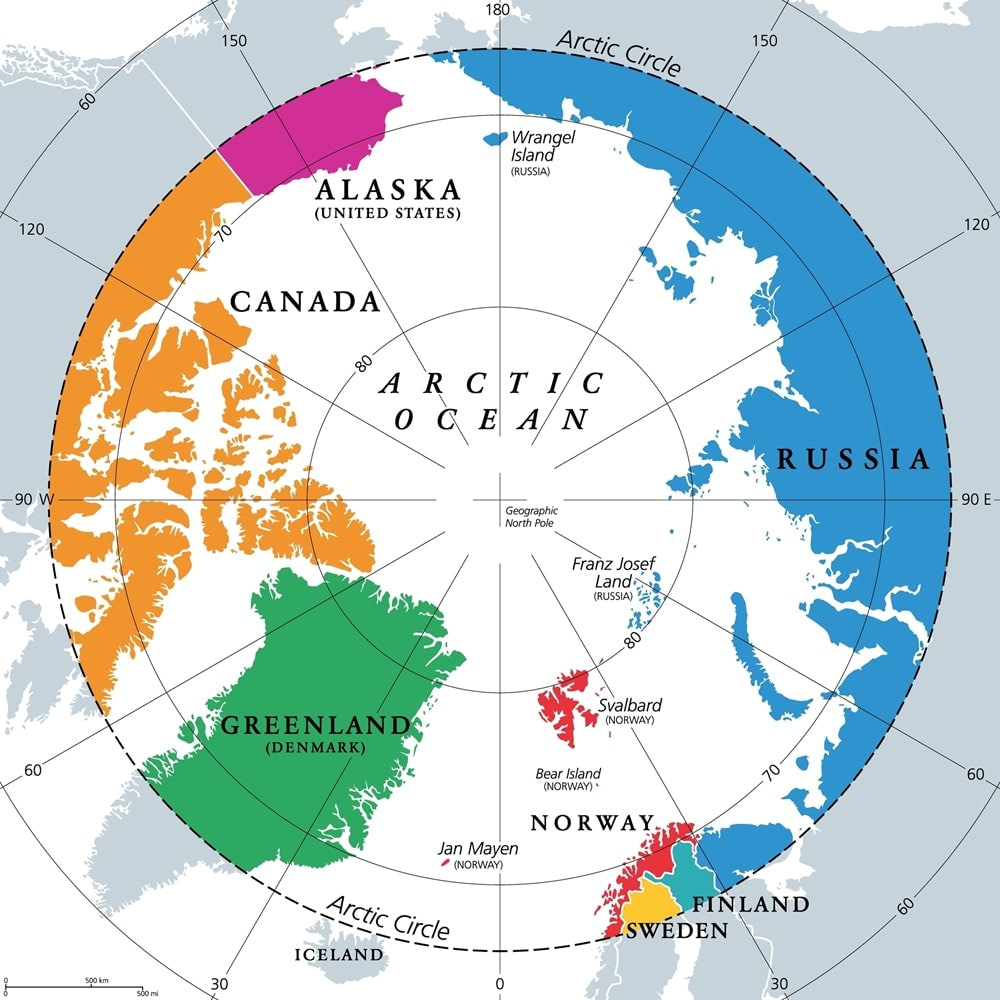
Areas that are inside the Arctic Circle, designated as north of 66°33′ N latitude, receive very little solar energy. The sun stays low in the sky, and for part of the year it never rises at all. As a result, the Arctic Circle experiences some of the lowest temperatures on the planet.
Outside the Arctic, other factors such as altitude and continental positioning create cold climates. High elevation keeps places frozen for much of the year. Continental positioning also leaves places far from the moderating influence of oceans, exposing them to severe winters.
Here are the ten coldest countries in the world, ranked by average yearly temperature.
Coldest Countries in World (2025)
| Rank | Country | Avg Temp (°F) | Avg Temp (°C) | Record Low (°F) | Record Low (°C) |
|---|---|---|---|---|---|
| 1 | Antarctica | -70 | -56.7 | -128.6 | -89.2 |
| 2 | Russia | 22.8 | -5.1 | -96.2 | -71.2 |
| 3 | Canada | 22.4 | -5.3 | -81.4 | -63 |
| 4 | Mongolia | 30.7 | -0.7 | -67.5 | -55.3 |
| 5 | Norway | 34.7 | 1.5 | -60.5 | -51.4 |
| 6 | Kyrgyzstan | 34.8 | 1.6 | -55.6 | -48.7 |
| 7 | Finland | 35.1 | 1.7 | -60.7 | -51.5 |
| 8 | Iceland | 35.2 | 1.8 | -39.6 | -39.8 |
| 9 | Tajikistan | 35.6 | 2 | -63.9 | -56.6 |
| 10 | Sweden | 35.8 | 2.1 | -63.5 | -53.1 |
The 10 Coldest Countries in the World (2025)
1. Antarctica
Average annual temperature: –70°F (–56.7°C)
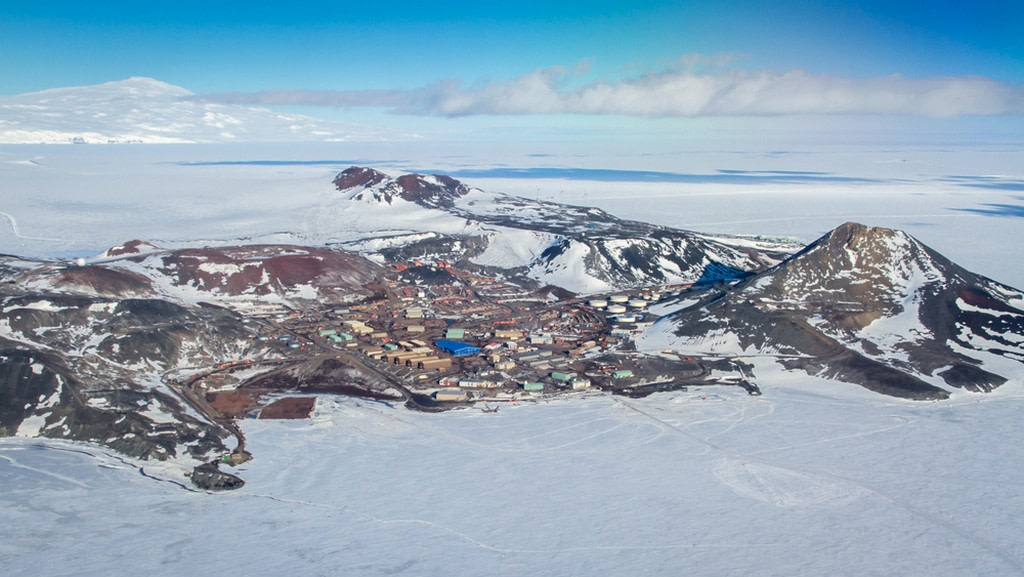
Antarctica is the coldest continent on Earth. Although it is not a country, it is included here because it hosts permanent research stations and represents the most extreme climate humans inhabit. The interior plateau is a frozen desert, with temperatures plunging below –128°F (–89°C) at Vostok Station, the lowest ever recorded. Even in summer, interior highs rarely exceed –4°F (–20°C). Along the coast, conditions are slightly milder but still severe.
There are no permanent residents, only about 1,000–5,000 researchers who rotate through international stations like McMurdo, Amundsen–Scott, and Concordia. Winds exceed 200 mph (322 km/h), and the ice sheet covers 98% of the land, holding 70% of Earth’s freshwater. The South Pole itself averages –56°F (–49°C), and the continent is known for katabatic winds, powerful gravity-driven gusts that race downslope and can reach hurricane force.
Antarctica is governed under the Antarctic Treaty, signed by 56 nations, which prohibits military activity and commercial exploitation.
2. Russia
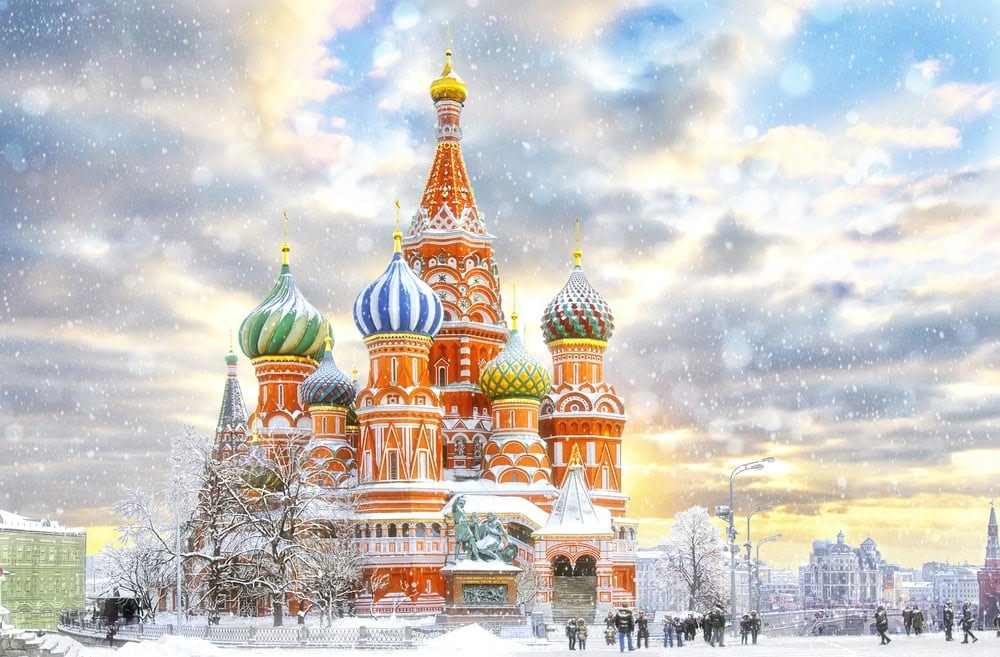
Average annual temperature: 22.8°F (–5.1°C)
Russia is the world’s coldest country. Siberia dominates the national climate, with vast permafrost and subarctic forests stretching across eleven time zones. The Sakha Republic is home to Oymyakon, the coldest inhabited settlement on the planet, where winter lows have reached –96.2°F (–71.2°C).
Two-thirds of Russian territory lies within subarctic or polar zones. Rivers like the Lena and Yenisei freeze solid for months, and Lake Baikal forms ice meters thick. Even Moscow endures snow cover from November to April. Only the Black Sea coast enjoys a mild climate.
Permafrost shapes everything from infrastructure to agriculture. Resource industries operate in extreme cold, extracting oil, gas, and minerals. Yakutsk, with 330,000 people, is the coldest major city on Earth, averaging below –40°F (–40°C) in winter. Despite these challenges, Russia sustains a population of more than 140 million, proving that large societies can endure in some of the harshest climates on Earth.
3. Canada
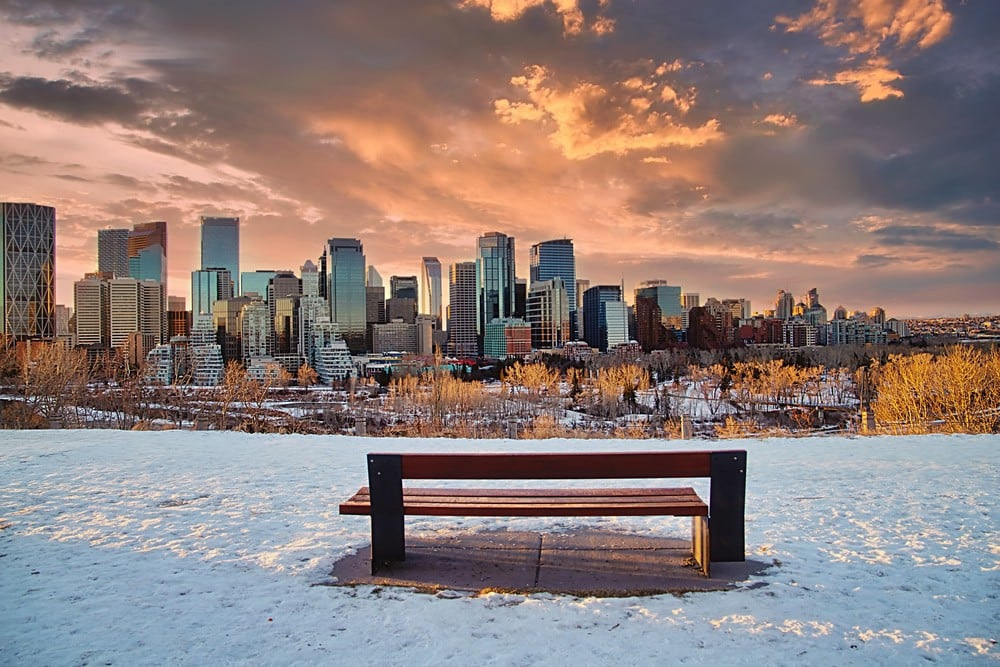
Average annual temperature: 22.4°F (–5.3°C)
About 40% of Canada lies inside the Arctic Circle, the southern edge of the polar region. The northern territories also face permafrost and sea ice that linger year-round, making winters the dominant feature of the national climate.
Interior prairie cities average 5°F (–15°C) in January, with wind chills dropping below –40°F (–40°C). Snow covers non-coastal regions for four to six months, while in the High Arctic it never fully disappears. Southern cities like Toronto and Vancouver are milder but still endure severe winter conditions.
Nearly all of Canada’s 41 million residents live close to the U.S. border, leaving the Arctic hinterland sparsely populated. CFS Alert, at 82.5°N, is the northernmost permanent settlement in the world. Winter sports, ice roads, and northern lights tourism are central parts of life. Canada also holds the record for the lowest temperature outside Antarctica: –81.4°F (–63°C) at Snag, Yukon, in 1947. Permafrost underlies almost half the land, and rapid warming now threatens fragile ecosystems and traditional ways of living.
4. Mongolia
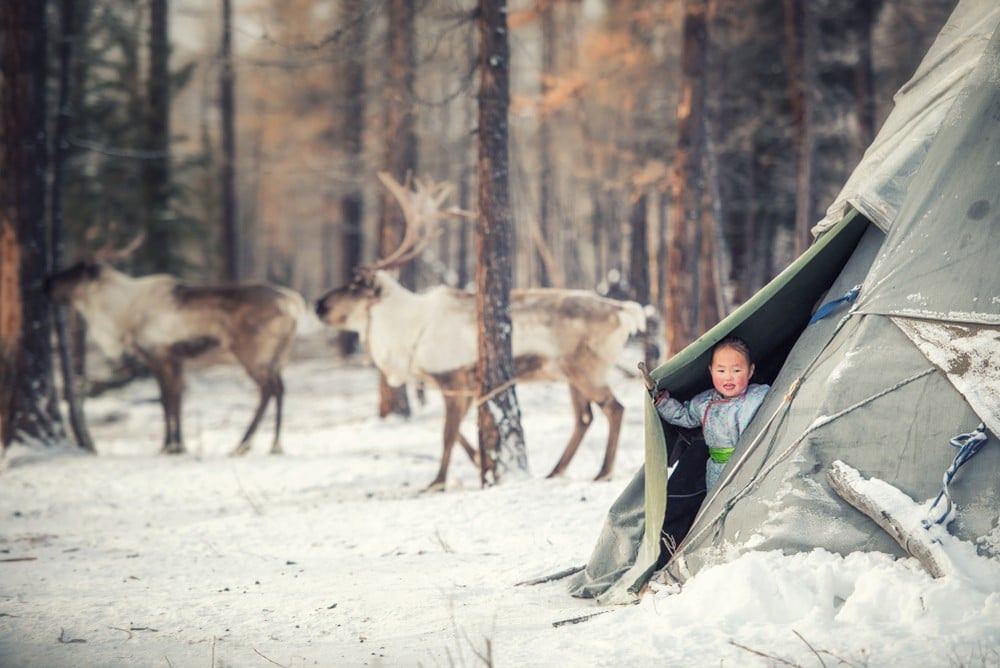
Average annual temperature: 30.7°F (–0.7°C)
Mongolia sits on a high plateau between Siberia and the Gobi Desert, with an average elevation of 5,180 ft (1,580 m). Its continental climate creates extreme swings: scorching summers followed by winters that plunge below –22°F (–30°C).
Ulaanbaatar, the capital, averages 29.7°F (–1.3°C) annually, making it the coldest national capital in the world. Winter storms, called “dzuds,” kill millions of livestock, threatening the livelihoods of nomadic herders. These disasters have been so severe that they shaped national policy, with government relief programs specifically designed to mitigate dzud losses.
Snowfall is light, but dry air and strong winds intensify the chill. Traditional gers (yurts) are designed for insulation and mobility, vital for survival in this unforgiving climate. Mining is central to the economy, but operations face challenges from the long freeze. Mongolia’s culture of resilience reflects centuries of adaptation to one of the world’s most extreme continental climates.
5. Norway
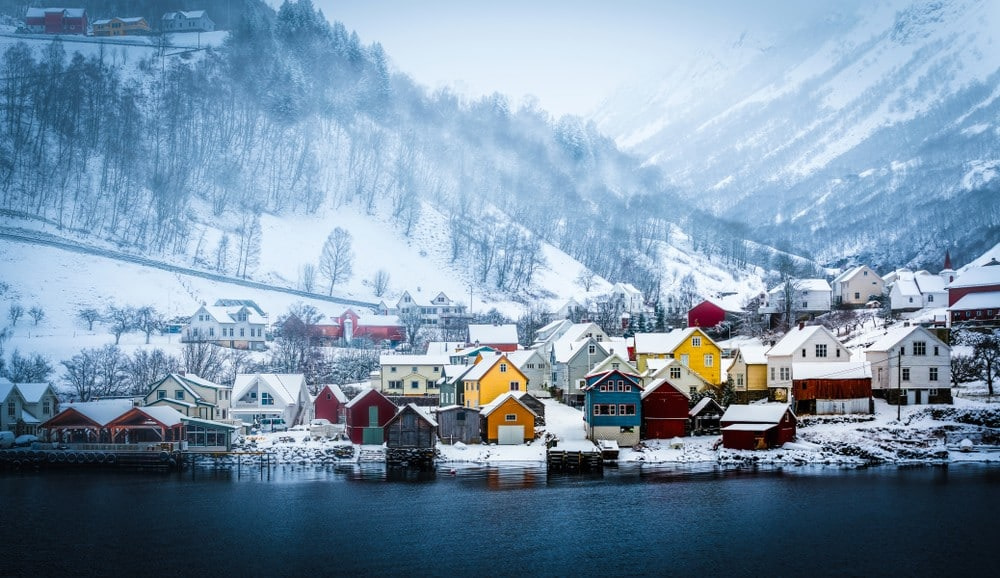
Average annual temperature: 34.7°F (1.5°C)
Norway stretches from the North Sea to the Arctic Ocean, reaching as far north as 81°N at Svalbard. The Gulf Stream moderates its coastal regions, but inland valleys and northern Finnmark can still plunge below –40°F (–40°C).
Svalbard experiences polar night in winter and midnight sun in summer. Glaciers cover large parts of the country, and permafrost underpins much of the Arctic terrain. Oslo has snowy winters, while Tromsø, inside the Arctic Circle, endures months without sunlight.
Norwegian culture is tied to the cold. Skiing, fishing, and winter recreation are national pastimes. Infrastructure, including heated roads in some cities, helps residents cope. Oil, gas, and hydropower industries thrive despite the climate. In Longyearbyen, Svalbard’s largest town, residents are required by law to carry rifles outside the settlement to protect against polar bears. Norway’s strong economy and welfare state ensure prosperity in conditions that would overwhelm less-prepared nations.
6. Kyrgyzstan
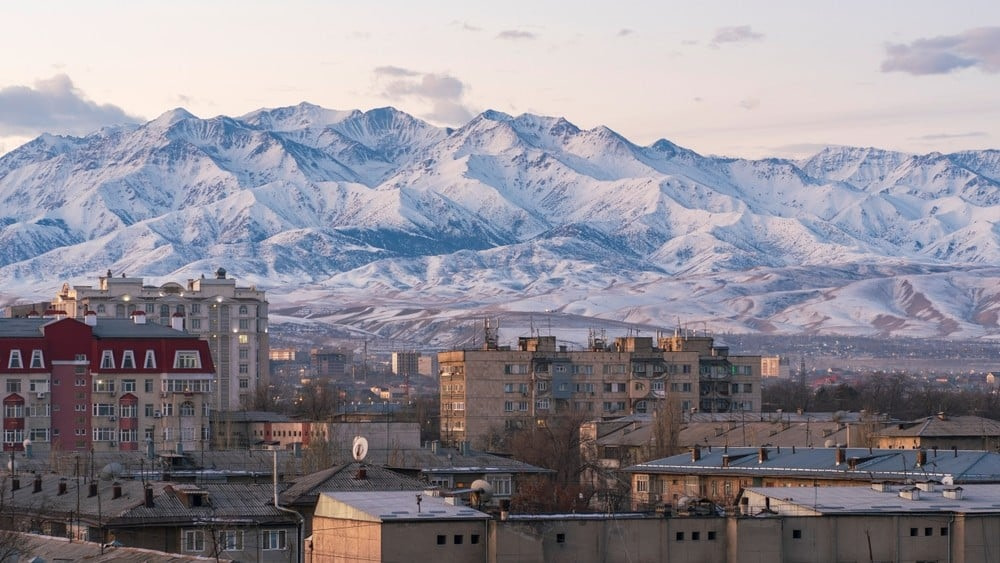
Average annual temperature: 34.8°F (1.6°C)
Kyrgyzstan is one of the most mountainous countries in the world, with more than 80% of its land above 5,900 ft (1,800 m). Average elevation exceeds 9,000 ft (2,750 m). This altitude drives its cold climate.
The Tian Shan and Pamir ranges dominate the country, with over 6,500 glaciers feeding Central Asia’s rivers. Winters are severe, with alpine basins locked in –4°F (–20°C) air. Even the subtropical Fergana Valley suffers cold snaps when Siberian air masses push south.
Nomadic traditions reflect centuries of adaptation. Felt-covered yurts, hardy livestock, and communal herding practices are suited to long, cold winters. Issyk-Kul Lake, one of the largest alpine lakes in the world, never freezes despite being at 5,270 ft (1,606 m), because of its depth and salinity. Despite harsh conditions, Kyrgyzstan’s landscapes attract trekkers and climbers seeking remote peaks and glacier-fed lakes.
7. Finland
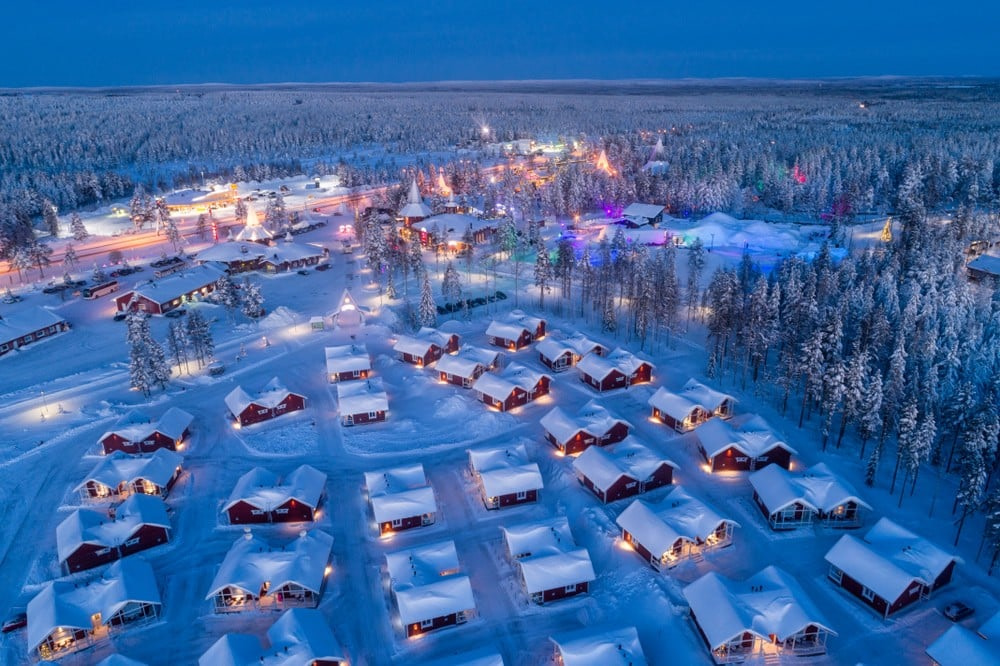
Average annual temperature: 35.1°F (1.7°C)
Finland, between 60° and 70°N, experiences winters lasting 100–200 days. Lapland lies inside the Arctic Circle, with January lows below –49°F (–45°C). The sun disappears for weeks in winter and returns with 24-hour daylight in summer.
Helsinki’s coastal climate is milder, moderated by the Baltic Sea, but snow still dominates the season. Forests and more than 180,000 lakes freeze for months, creating vast networks for skiing, skating, and snowmobiling.
Cultural adaptation is central. Saunas are a Finnish tradition. Infrastructure is heavily insulated, and winter tires are mandatory. Finland invests in renewable energy, while tourism thrives on northern lights and reindeer culture. Rovaniemi, in Finnish Lapland, promotes itself as the “official hometown of Santa Claus,” drawing thousands of winter tourists each year. Cold is central to Finnish identity, but society adapts with resilience and innovation.
8. Iceland
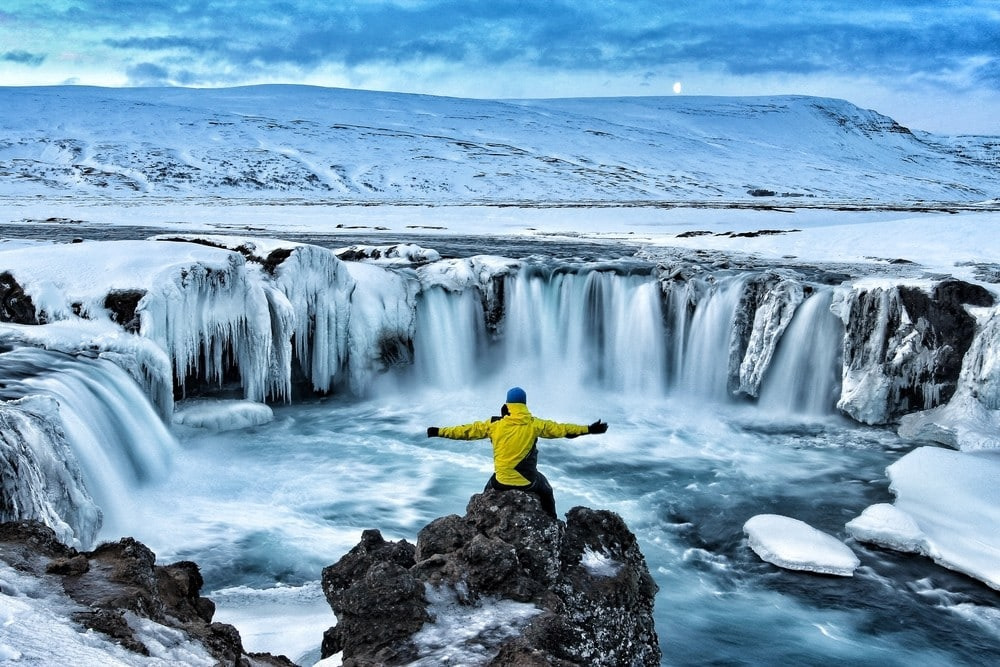
Average annual temperature: 35.2°F (1.8°C)
Iceland lies just south of the Arctic Circle, shaped by both the Gulf Stream and Arctic winds. Winters are long and dark, though coastal regions like Reykjavik average near 32°F (0°C). The interior highlands remain frozen tundra year-round.
Glaciers cover about 11% of the land. Volcanic and geothermal activity power nearly all homes, reducing reliance on fossil fuels. This makes Iceland one of the cleanest and most energy-secure nations in the world.
Icelanders embrace the cold with outdoor recreation, from ice climbing to geothermal swimming pools. The country also has more hot tubs per capita than anywhere else in the world, thanks to abundant geothermal heat. Tourism thrives on northern lights, ice caves, and dramatic landscapes. Despite harsh winters, Iceland’s infrastructure and energy resources make it one of the most livable cold regions in the world.
9. Tajikistan
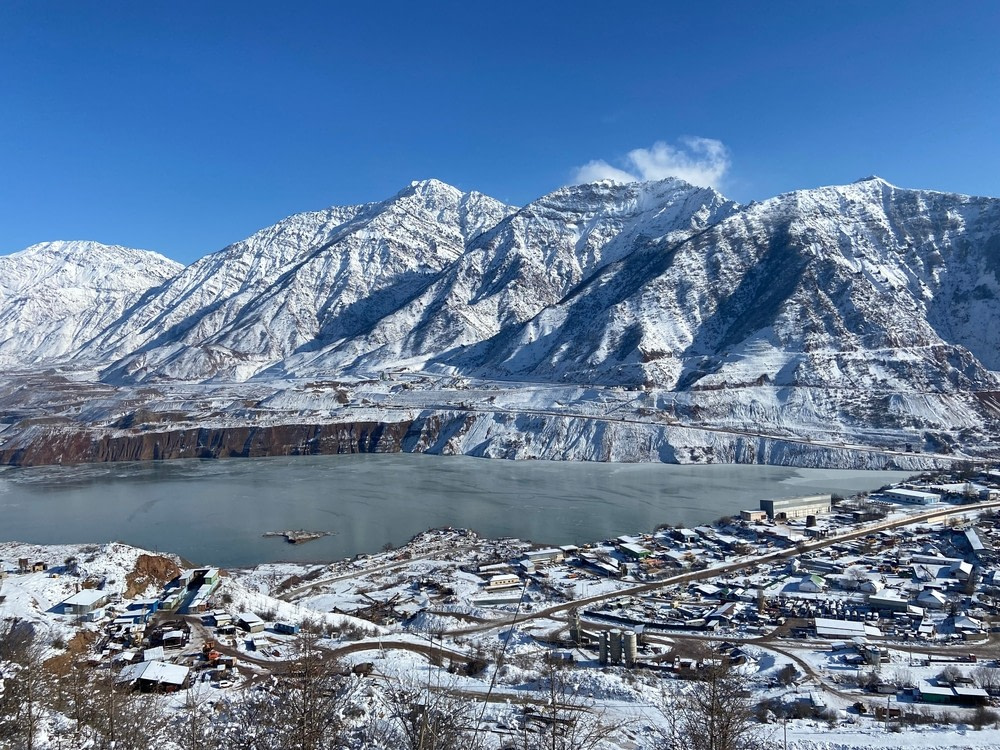
Average annual temperature: 35.6°F (2.0°C)
Tajikistan is more influenced by altitude than latitude. Over 90% of its territory lies in the Pamir and Alay mountains, with an average elevation above 9,800 ft (3,000 m).
Summits like Ismoil Somoni Peak rise to 24,590 ft (7,495 m). Villages at 13,000 ft (4,000 m) experience winters below –40°F (–40°C). Even midsummer nights often freeze. The Fedchenko Glacier, the longest outside the poles, covers vast areas of the Pamirs. At 47 miles (76 km) long, it is larger than many entire mountain ranges in Europe.
Remote communities endure isolation for months, with snow blocking mountain passes. Traditional stone houses, thick rugs, and clay stoves reflect centuries of adaptation. Dushanbe, the capital, sits at lower elevation with a milder climate, but Siberian highs can still bring subzero temperatures. Tajikistan’s severe winters shape both lifestyle and infrastructure.
10. Sweden
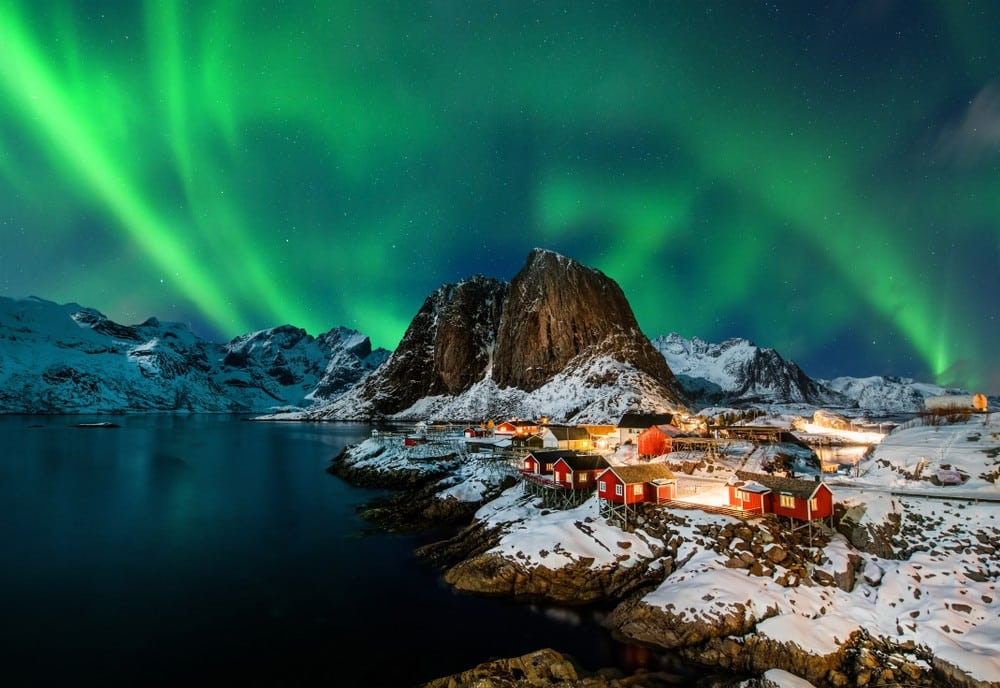
Average annual temperature: 35.8°F (2.1°C)
Sweden stretches from 55°N to 69°N. About 15% lies above the Arctic Circle. Winters in the north reach –22°F (–30°C), with polar nights in Sami communities.
Stockholm is milder, but frozen lakes and snowy winters are standard. Kiruna, the northernmost city, endures long dark seasons with extreme cold.
Sweden’s infrastructure is designed for winter. District heating covers most homes, rail switches are heated, and ports use icebreakers to remain open. Outdoor activities like cross-country skiing and ice swimming are cultural staples.
Forests cover two-thirds of the land, and northern wilderness attracts tourism. The Jokkmokk Winter Market in Lapland has been held annually for over 400 years, regardless of temperature. Sweden balances Arctic cold with strong infrastructure and modern planning, thriving in conditions that would cripple less-prepared nations.
How Does Kilimanjaro Compare?
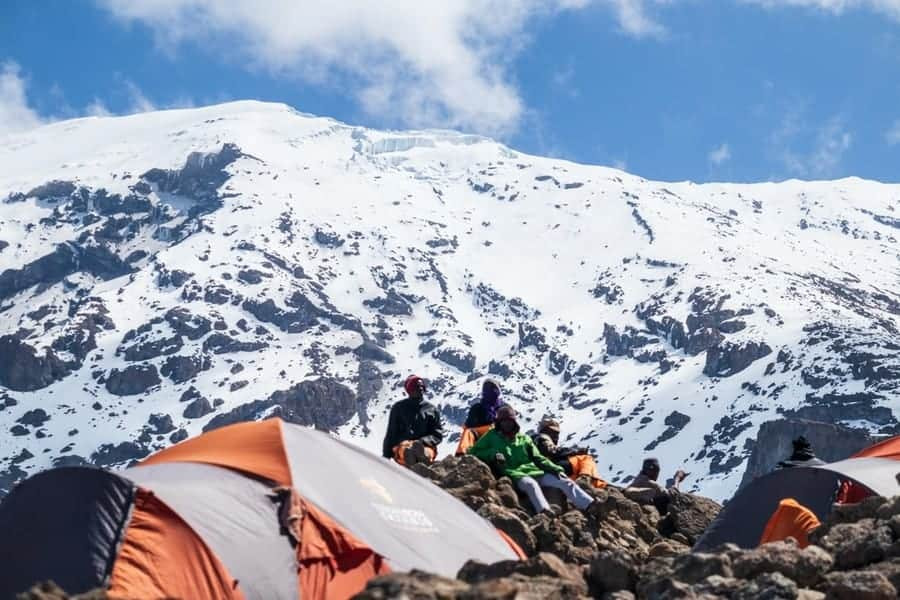
Mount Kilimanjaro in Tanzania is not among the coldest places on Earth, but its summit ranks as one of the coldest environments near the equator. At 19,341 ft (5,895 m), Uhuru Peak experiences year-round freezing conditions. Nighttime temperatures at the summit often drop to –20°F (–7°C) or lower, and wind chills can make it feel even colder.
The mountain’s unique position just 200 miles (322 km) south of the equator means climbers pass through multiple climate zones in a matter of days. Tropical forests and warm plains give way to alpine desert, and finally to an arctic summit zone. Snow and glaciers still cover the peak, though they have retreated rapidly in recent decades due to climate change.
Kilimanjaro demonstrates how altitude alone can create severe cold, even in tropical Africa.
Where Does the United States Rank?
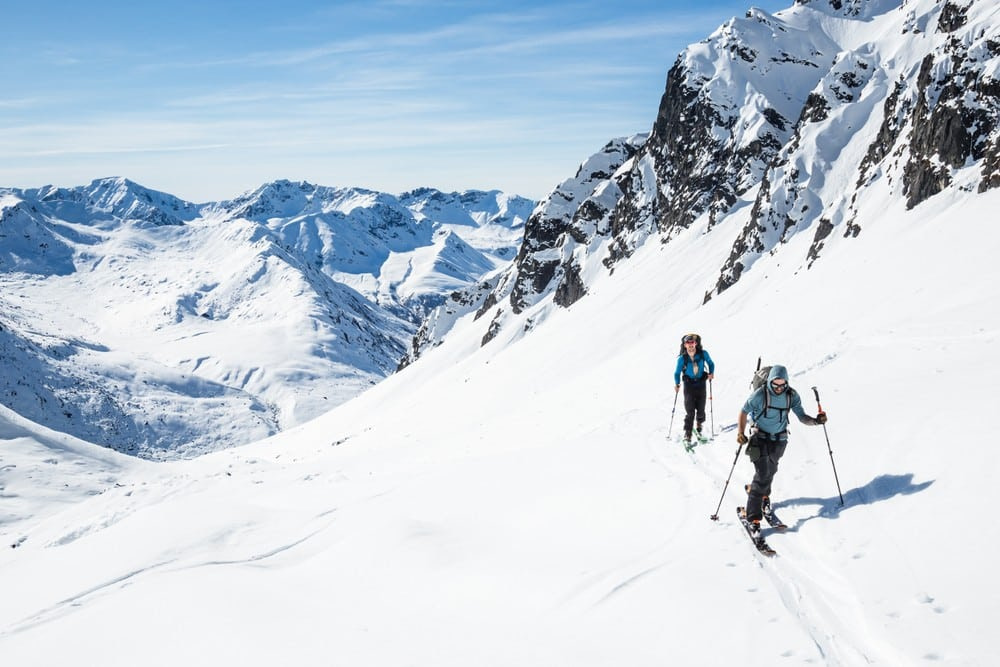
The United States does not come close to ranking among the world’s coldest countries.
With a national average annual temperature of 52.7°F (11.5°C), it is far warmer than northern nations shaped by Arctic latitudes or high mountain plateaus. While parts of the Midwest and Northeast endure severe winters, these conditions are balanced by the hot, dry deserts of the Southwest and the subtropical climate of the South. The diversity of climates keeps U.S. average temperatures high.
However, Alaska is one of the coldest regions in the Northern Hemisphere. If ranked on its own, Alaska would place among the five coldest “countries” in the world. With an average annual temperature around 27°F (–3°C), it is colder than Sweden, Finland, and Iceland, and only slightly warmer than Canada and Russia. Cities like Fairbanks experience winter lows of –40°F (–40°C), while Barrow (Utqiaġvik), at 71°N, endures months of polar night and average January temperatures below –4°F (–20°C). Prospect Creek, Alaska, holds the U.S. record low at –80°F (–62°C), set in 1971.
Alaska’s Arctic regions face the same challenges as the coldest countries: permafrost, ice roads, and extreme daylight variation. The U.S. therefore contains both some of the world’s coldest inhabited zones and some of its warmest.























